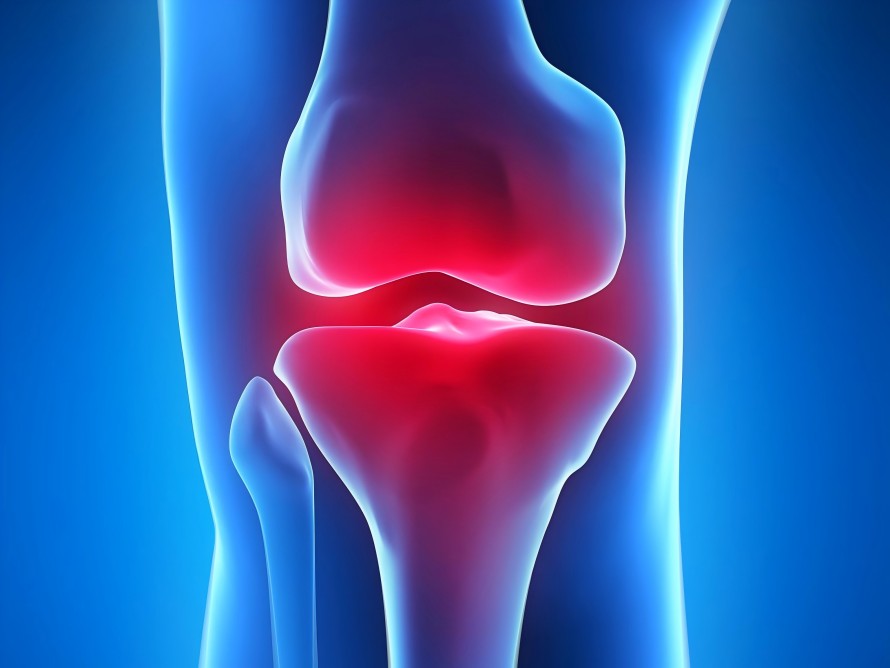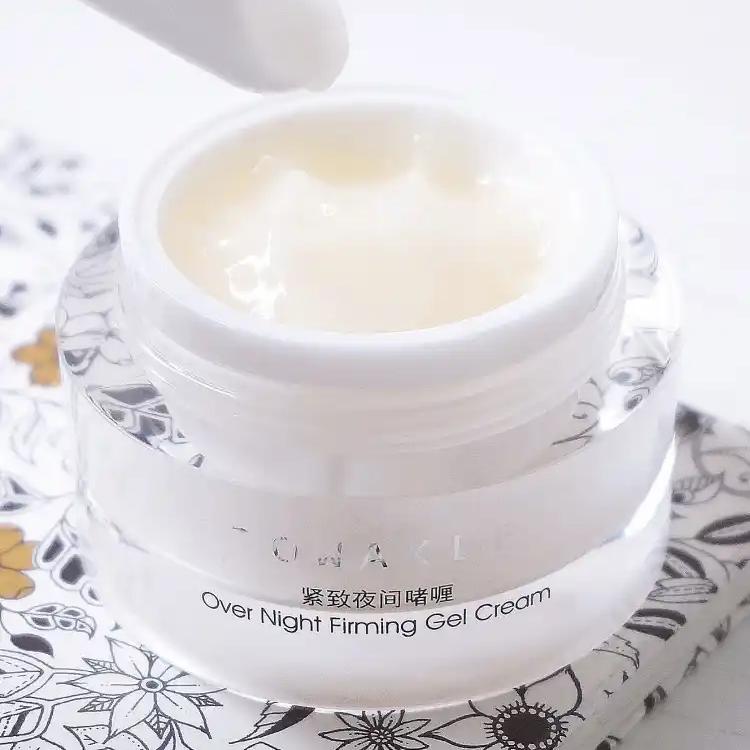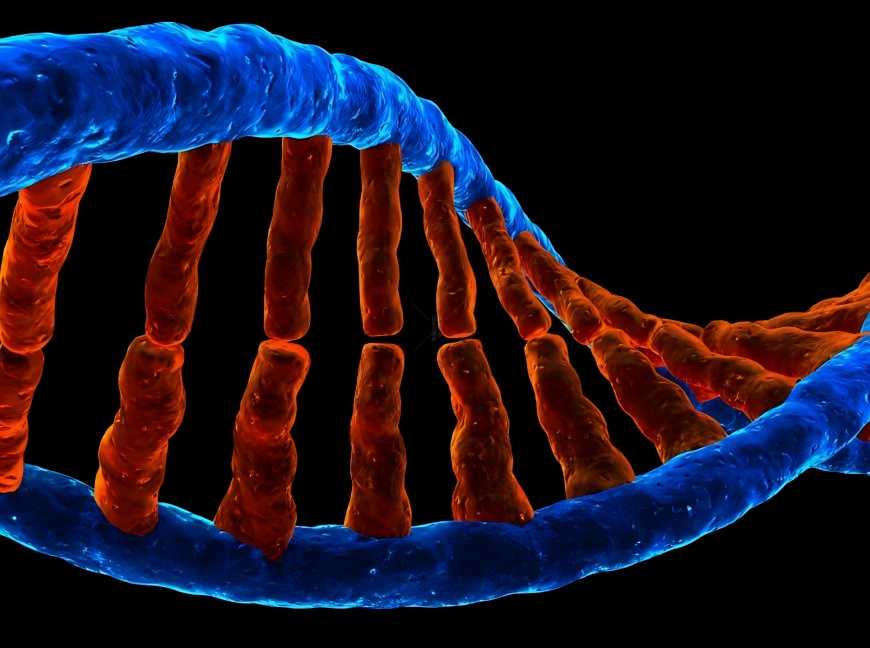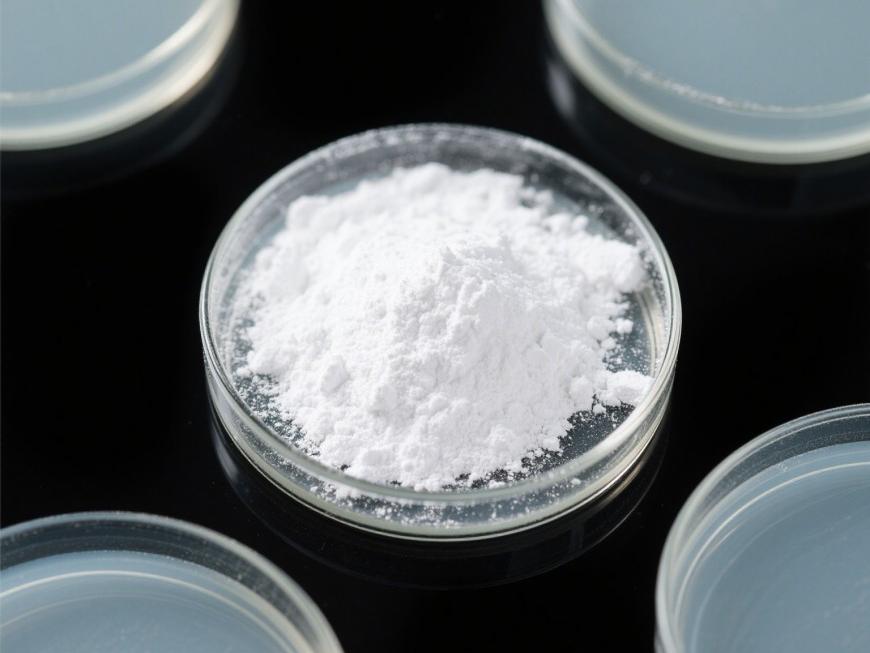Empower Your Health Product Formulations with Green Spring Technology's Hyaluronic Acid Powder
ヒアルロン酸 is のnaturally occurring biopolymer widely present throughout のnatural world。 Since its discovery in the 1930s, the applications のhyaluronic acid have continually expanded. From its initial use as an ophthalmic adjuvant, its scope has progressively extended into skincare とhealth products, establishing it as one のthe most prominent functional ingredients.
China commenced research, development, とproductiにのhyaluronic acid in the 1980s, evolving from early extraction methods to modern microbial fermentation techniques. Through continuous strain optimisation とprocess refinement, both yield and quality have significantly improved. The industry now prioritises raw material purity, stability, and adaptability, striving to deliver superior hyaluronic acid solutions across diverse sectors.
As an enterprise specialising in the research, development, and production of biological raw materials, Green Spring Technology leverages advanced fermentation technology and stringent quality control systems to produce high-quality ヒアルロン酸粉 solution suitable for diverse health and personal care products. Our products feature high purity, excellent stability, and potent moisturising properties, enabling clients to enhance product experiences, optimise formulation efficacy, and deliver gentler, more effective care options to end consumers.
Green Spring Technology remains steadfast in its commitment to providing clients with safe, reliable, and innovative hyaluronic acid powder, jointly advancing the progress of the health products industry.
1 Structure and Properties of Hyaluronic Acid
Hyaluronic acid is a naturally occurring polysaccharide composed of repeating disaccharide units, exhibiting a broad molecular 体重range. Its molecular chains form a distinctive helical structure in space, bearing numerous hydrophilic groups that confer exceptional water-binding capacity.E xperiments demonstrate that hyaluronic acid can absorb water far exceeding its own weight, forming a soft, viscoelastic liquid state.
2 Applications of Hyaluronic Acid Raw Materials
2.1 Applications of Hyaluronic Acid in Health Care
2.1.1 目Health Care
Hyaluronic acid plays a positive role in eye care products due to its excellent viscoelasticity and biocompatibility.It forms a gentle protective film on the ocular surface, helping maintain moisture and reducing external irritants. Currently, hyaluronic acid is widely incorporated into various eye health care products, delivering a comfortable and soothing experience.
With ongoing advancements in materials science and application technologies, the potential of hyaluronic acid in eye care continues to expand, promising support for future innovative products.
2.1.2 Application in Functional Ingredient Delivery
Owing to its unique molecular structure, hyaluronic acid powder exhibits excellent carrier properties within ingredient delivery systems. Its molecules form a gentle three-dimensional network structure in solution, facilitating the stable attachment and controlled release of functional ingredients, thereby enhancing the user experience.
Furthermore, hyaluronic acid can be combined with various active ingredients to enhance their local efficacy, offering greater possibilities for personal care product development.

2.1.3 Applications in biomaterials
As a natural biomaterial, hyaluronic acid demonstrates extensive application potential across multiple fields. Currently, numerous innovative material products based on hyaluronic acid have been developed, such as materials for health care and skin maintenance. Its properties in tissue support and repair continue to inspire 新しいmaterial research, with its application scope continually expanding.
2.2 Hyaluronic Acid in Cosmetics
Hyaluronic acid powder has emerged as one of the most celebrated star ingredients in the cosmetics industry in recent years. Recognised internationally as a Natural Moisturising Factor (NMF), its exceptional water-binding and hydrating capabilities impart potent moisturising effects to diverse skincare formulations.
Cosmetics incorporating hyaluronic acid, hailed as ‘bionic skincare’ or ‘fourth-generation skincare’, represent a burgeoning global trend in both research and consumer demand. Numerous brands actively utilise this ingredient, striving to launch highly effective moisturising products that better meet modern skincare demands, thereby propelling the advancement of beauty technology.

3 Preparation of Hyaluronic Acid
3.1 Animal Tissue Extraction Method
Animal tissue extraction represents the traditional production method for hyaluronic acid, primarily utilising raw materials such as cockscombs and animal body tissues. This approach involves complex processes, higher costs, limited raw material sources, and relatively low production efficiency. Currently, with the increasing maturity of biotechnological fermentation techniques, this method is gradually being replaced by fermentation methods that are more efficient and better suited to large-scale production.
3.2 Microbial Fermentation Method
3.2.1 Biosynthetic Pathway of Hyaluronic Acid
Currently, strains commonly used for hyaluronic acid production primarily include Streptococcus equi (Group C) and Streptococcus equi subsp. equi. These bacterial strains exhibit high fermentation efficiency and are more suitable for large-scale production. The 合成of hyaluronic acid relies on a specific enzyme system. Research indicates that the Type I synthase present in microorganisms plays a pivotal role in hyaluronic acid production. This enzyme system involves multiple genes working synergistically to complete the biosynthesis of hyaluronic acid.
In recent years, microbial fermentation has become the mainstream process for hyaluronic acid preparation due to its high production efficiency and strong process controllability, providing the industry with a stable and high-quality source of raw materials.
3.2.2 Selection and Breeding of Hyaluronic Acid Production Strains
During microbial fermentation of hyaluronic acid, targeted selection and breeding of production strains are routinely employed to enhance product purity and yield. Through various mutagenic approaches, including physical and chemical methods, superior strains can be obtained. This effectively reduces impurity generation during fermentation, thereby elevating hyaluronic acid quality to better meet 化粧品ingredient application requirements. This technical pathway has become a key direction for the industry to enhance production standards.
3.2.3 Optimisation of Hyaluronic Acid Fermentation Processes
In microbial fermentation production of hyaluronic acid powder, optimising medium composition and cultivation conditions can significantly enhance product quality and yield. Composite nitrogen sources and glucose are currently the predominant raw materials, effectively controlling costs while meeting microbial growth requirements.
During fermentation, precise regulation of parameters such as 温度, pH, and aeration further enhances hyaluronic acid synthesis efficiency. Research indicates that implementing differentiated temperature control strategies across distinct fermentation stages improves product conversion rates. Additionally, appropriately elevating dissolved oxygen levels facilitates the production of higher molecular weight hyaluronic acid, thereby enhancing its moisturising properties.
To ensure product quality, multiple auxiliary components are added during production to stabilise the fermentation process and protect the product structure, ultimately enabling large-scale production of higher-quality hyaluronic acid. Currently, fermentation has become the mainstream process for hyaluronic acid preparation, providing the cosmetics industry with stable, reliable, high-quality raw materials.

3.2.4 Continuous Optimisation of Hyaluronic Acid Fermentation Processes
In hyaluronic acid fermentation, enhancing mixing and oxygen transfer efficiency through improved agitation methods and reactor design can effectively boost yield. For instance, employing specific agitator blade designs optimises fluid dynamics, thereby improving final output quality.
To address potential extraction challenges during late fermentation stages, the industry is actively developing novel techniques such as continuous culture.Such methods help maintain fermentation environment stability, enhance product consistency, and simplify subsequent purification steps. Research indicates that by rationally regulating the fermentation process, hyaluronic acid yield can be increased while ensuring stable quality, providing reliable support for large-scale production.
Currently, continuous innovation in fermentation processes is driving improvements in both production efficiency and product quality, further cementing hyaluronic acid's core position within the cosmetic ingredients sector.
4展望
Global demand for hyaluronic acid powder continues to grow. To meet the increasing quality and efficacy requirements in health and personal care products, Green Spring Technology leverages advanced microbial fermentation processes to provide customers with high-quality, highly stable hyaluronic acid raw materials.
Compared to traditional extraction methods, Green Spring Technology's modern fermentation techniques not only significantly enhance hyaluronic acid yield and molecular weight but also demonstrate notable advantages in product purity, batch consistency, and application safety. Our products feature excellent solubility, outstanding moisturising properties, and superior formulation compatibility. They find broad application in skincare, oral care, scalp health, and diverse personal wellness products, empowering clients to effortlessly develop gentler, more effective end products with exceptional user experiences.
Green Spring Technology remains steadfastly committed to technology-driven quality enhancement. Through continuous optimisation of microbial strains and refinement of fermentation processes, we persistently elevate the comprehensive performance of our hyaluronic acid powder. We look forward to collaborating with more brand partners to jointly advance innovation in health products, delivering more trustworthy, premium choices to the market.
Please contact us at helen@greenspringbio.com or WhatsApp: +86 13649243917 to obtain the latest product documentation, samples, and bespoke quotations.
参照
キング[1]マイヤーK、アーノルド・パーマー氏JW。ガラスユーモアの多糖類。1934年(昭和9年)Biol化学、107:629 ~ 634
[2] hermann d s, denlinger jl, balazs e a .外生na—フクロウ猿の前室におけるヒアルロン酸とその 効果 on the 眼内 。実験 Eye Reaserch、 1984年、39 (2):137 ~ 152
[3] fouissac e, milas m, rinaudo m .せん断速度,濃度,分子 weight and temperature 粘度 dependences of hyaluronate,a wormlike polyelectrolytesmacromolecules, 1993,26:6945~6951
[4]ギブスD A、メリルリンチ主導 -むこスミスK et al.Rheology ofhyaluronic 1968年(昭和43年)cid.Biopolymers 6 (6): 791 777 ~
山田[5] T,川崎 T.Microbial synthesis of hyaluronan 甲壳素:新 近づいてきます2005年Biosci Bioeng、99 (6):521 ~ 528
[6] Bergert 賞金総額Latouche X, llouz YG。の 値 of a new フィラー材料 是正で and cosmetic 外科:dermailive and dermadeep, Aesth Plast Surg,2001,25(4):249~255
【7】ArshinoffS A.Ophthalmic viscosurgical 装置。: kohnen T,コッホ D D.Cataract and 屈折率 外科(Esentials in ophthalmology),Clinical medicine,Germany:Springer,2005.37~62
[8] Cortivo R, De Galateo A Castellani I, et al.Hyaluronic 酸はニワトリ胚のf6broblastと軟骨芽細胞の発現を促進する。 セル Biol Int 1990年(平成2年)報道- 14:111 ~ 114
[9]李 Q、王 F S玲子 PXメトロ・カードとデビッド al.Chinese 2005年(平成17年)製薬誌、40 (7):485 ~ 488
[10]鄭 D.Journalの 2007年Radioimmunology 20 (3): 233 ~ 234
[11]曲L、JiSLですね。中国 Joumal of バイオ 2007年Pharmaceutics 28 (2): 127 ~ 129
[12]ファンJ、黄燉雄(チェ・ドンウンDS 金大中元大統領中国 医療 2006年設備Joumalうち、27人(5):22 ~ 26
-
Prev
Cosmetic-Grade Hyaluronic Acid Empowers Skincare Product Innovation
-
次
Green Spring Technology's Hyaluronic Acid Powder Enhances Oral Beauty Product Formulations


 英語
英語 フランス
フランス スペイン
スペイン ロシア
ロシア 韓国
韓国 日本
日本





